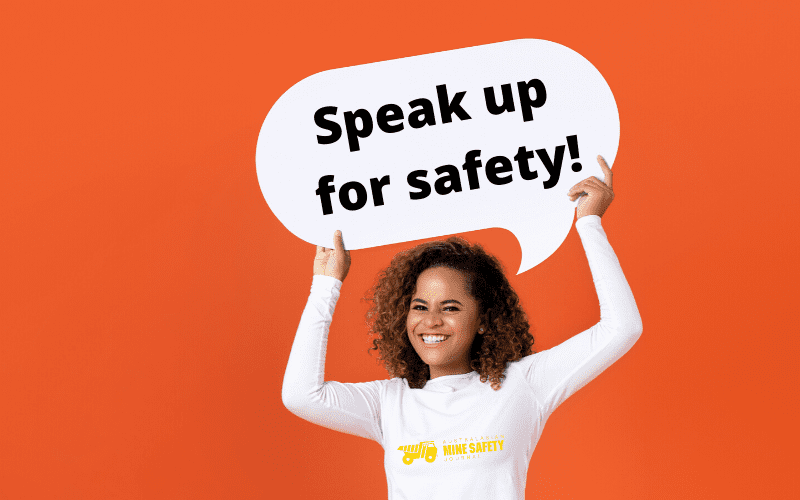Organisations need to make a distinction between safety leadership and general leadership if they are to genuinely influence worker behaviour and encourage employees to “speak up for safety”, according to Lloyd D’Castro, psychologist and managing director, of Working Life – People Solutions.
“If they do, I’d like to understand their thinking as from my point of view there is no difference.”
Leaders have sufficient status, power, dominance and influence, according to D’Castro, who said that at its core leadership is about two things.
“Firstly, it is a reflection of your core values,” said D’Castro, who was speaking ahead of the Online AIHS National Health and Safety Conference, which will be held from 22–24 June 2020.
“If we look at a pyramid of leadership with the very bottom being people follow you because of your position (they have to), then:
- one step up from that being people follow you because of a relationship (they want to follow you)
- they follow you because of results (what you have done for the organisation)
- they follow you because of development (what you have done for them) and
- they follow you because they respect you (your core values) – at the top of the pyramid.
“We all know where the best leaders operate,” said D’Castro.
“Secondly, I think it is about creating psychological safety.
“We hear this term often but most people struggle to define this; we know from functional magnetic resonance imaging (fMRIs) that the brain looks for threat five times a second and that the brain reacts to physical threats the same way as social threats.”
READ RELATED
- Top 10 Safety Innovations
- Hexagon Incident Investigations | Finding the facts behind mining incidents
A successful leader will understand this and support their followers to operate in a reward rather than threat state, said D’Castro, who explained that this is about understanding the parts of the brain that need to be activated for better decisions to be made.
There are a number of reasons why people do not speak up about safety issues, according to D’Castro, who referred to the work of Dr Evian Gordon, CEO of the Brain Resource Company, and Lea Williams Director of the Brain Dynamics Center.
They showed that the brain’s overarching organising principle is to classify the world around us into things that will either hurt us or help us stay alive
“So, good leaders will understand this and understand what it is their followers fear; is it the potential of losing their job if they speak up, being marginalised, future job opportunities … the list goes on,” he said.
The important factor in this is psychological safety, and D’Castro said the work of David Rock and his SCARF Model is particularly applicable here.
SCARF is about status, certainty, autonomy, relatedness and fairness, and D’Castro said good leaders ensure their status is less than or better than others.
“They provide as much certainty as possible. They provide an opportunity for as much autonomy as possible [and] relate to people in a fair manner so trust and safety is gained,” said D’Castro.
“This is what any leader should do to enhance not only better communication but better thinking as well.”
D’Castro quoted Richard Florida: “People don’t need to be managed, they need to be unleashed,” he said.
“OHS functions and professionals should be encouraged to care about people’s thinking.
“A hundred years ago we were paid for physical labour and the dominant management model was the master-apprentice and the role of the manager was to improve how people carried out observable physical activities like stacking, lifting and carrying.”
The dominant management model then developed to be one of management of processes, “but now we have better-educated people than ever before, yet we don’t allow people to think as much as their engine (their brain) allows,” he said.
“So, the steps OHS functions can take is around letting people think more and to facilitate their focus on solutions.”
D’Castro will be speaking at the online AIHS National Health and Safety Conference, which will be held from 22–24 June 2020. For more information call (03) 8336 1995, email events@aihs.org.au or visit https://aihsnationalconference.com.au/.
Article originally published by the Australian Institute of Health and Safety.
Read more Mining Safety and Health News














Add Comment